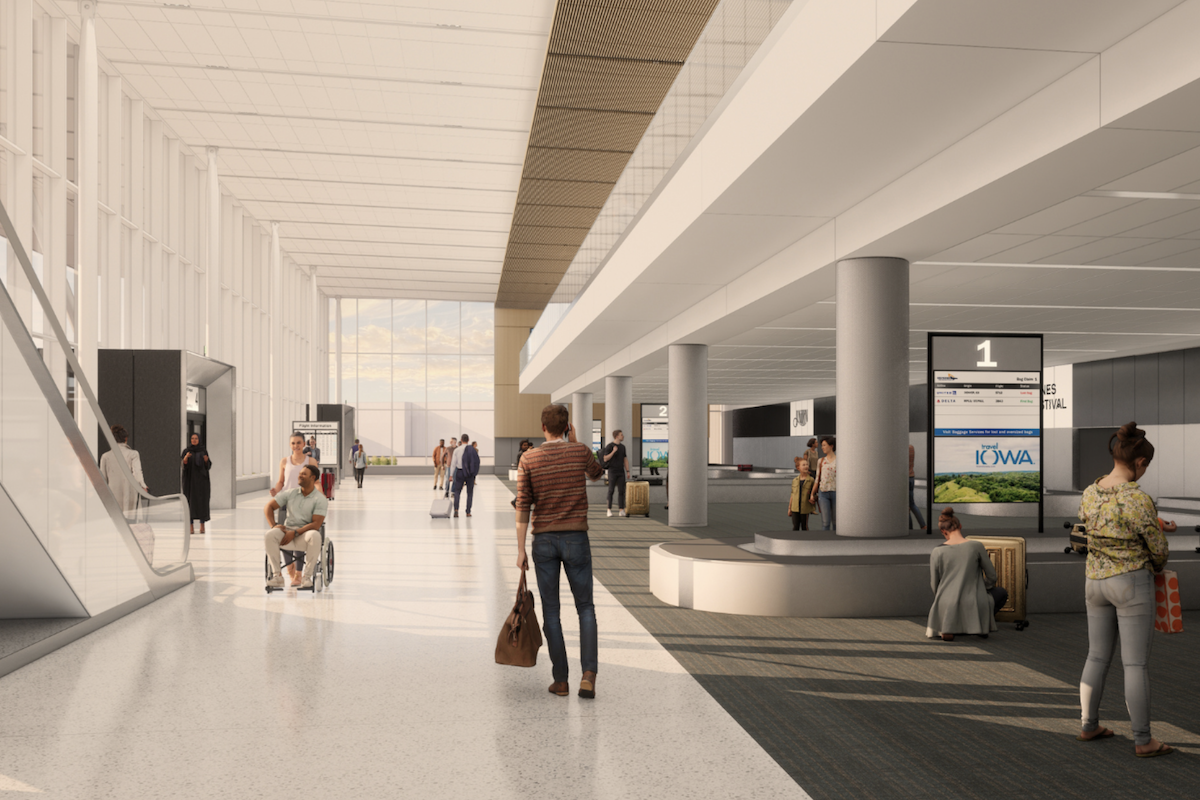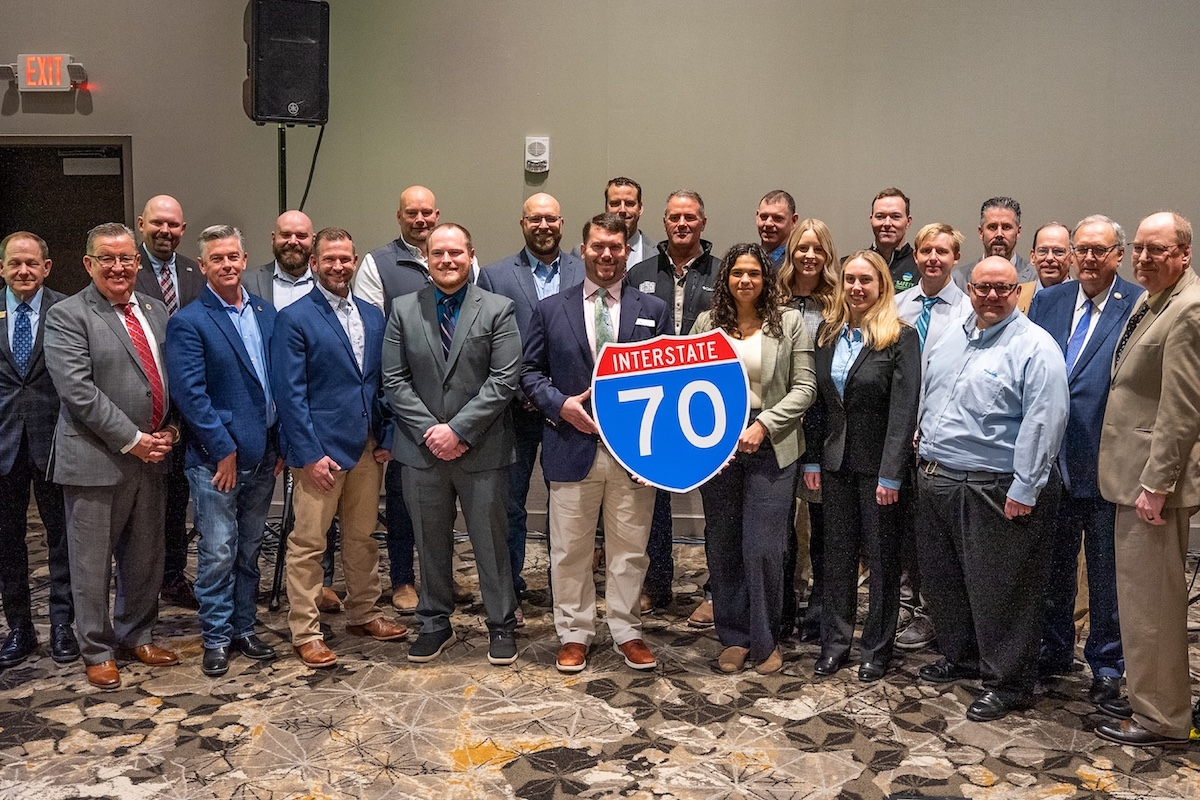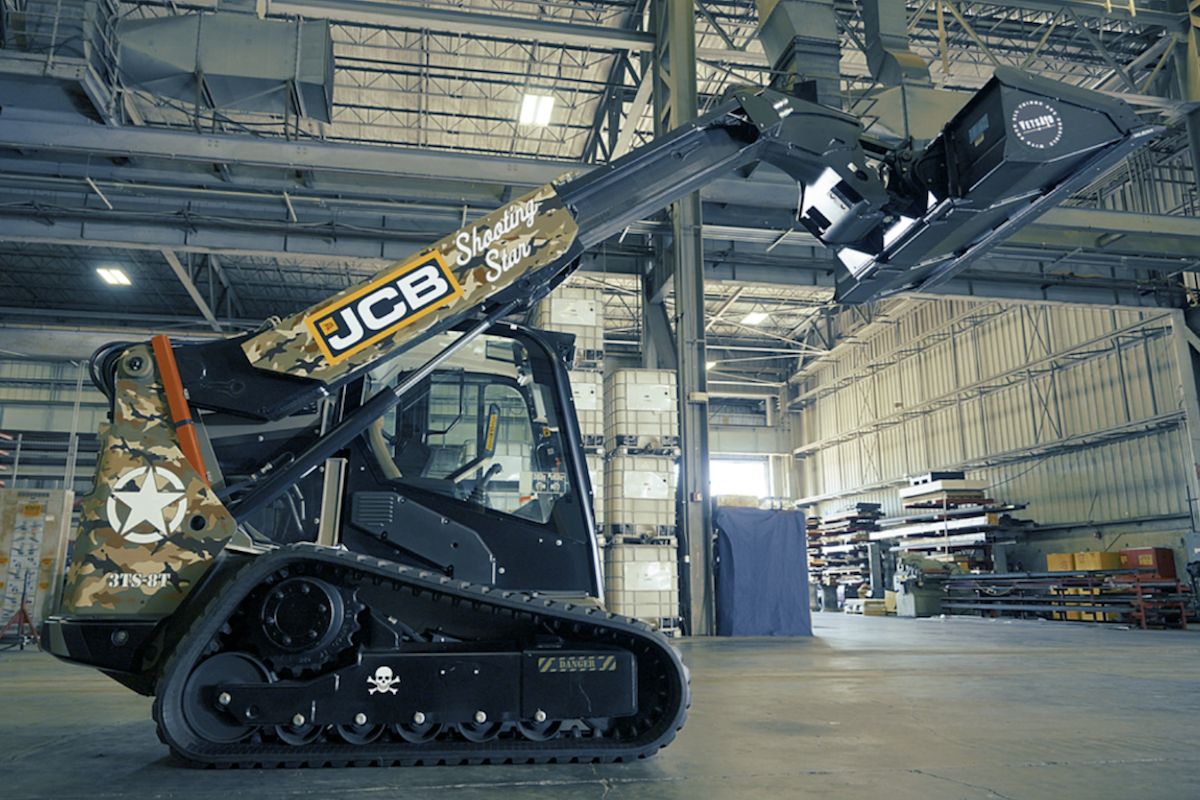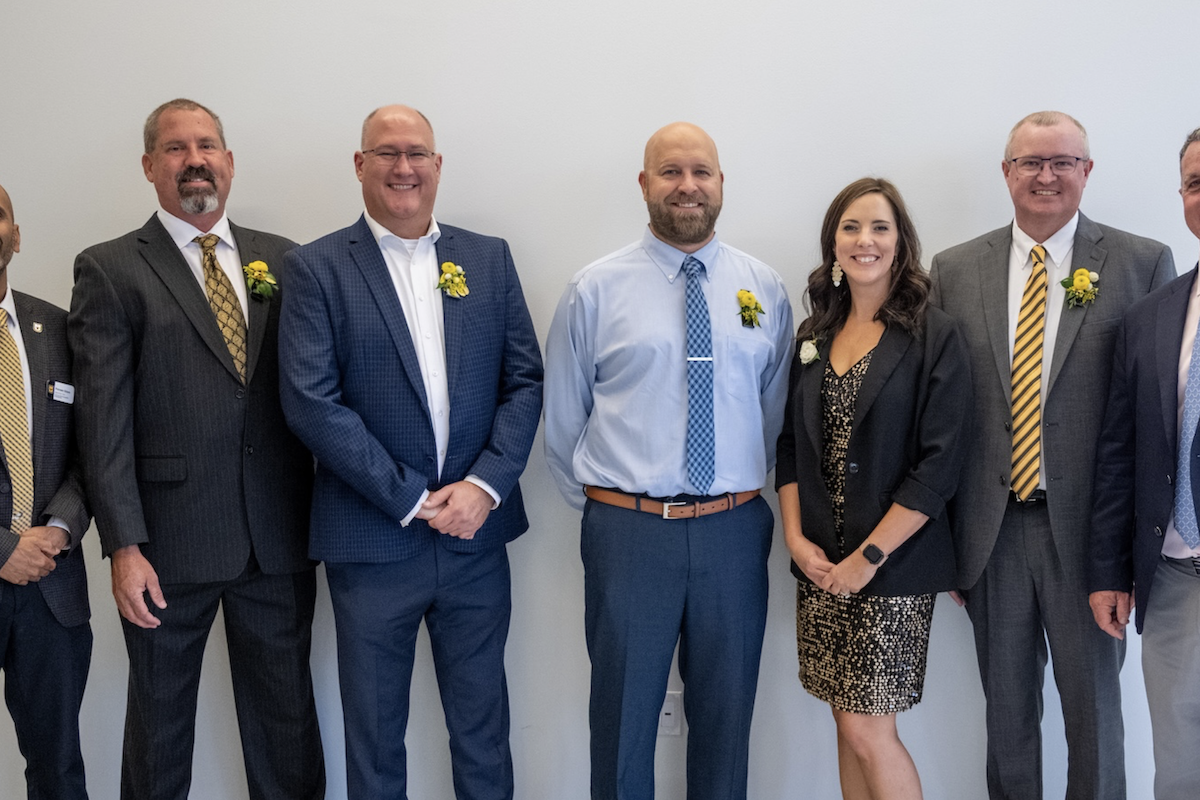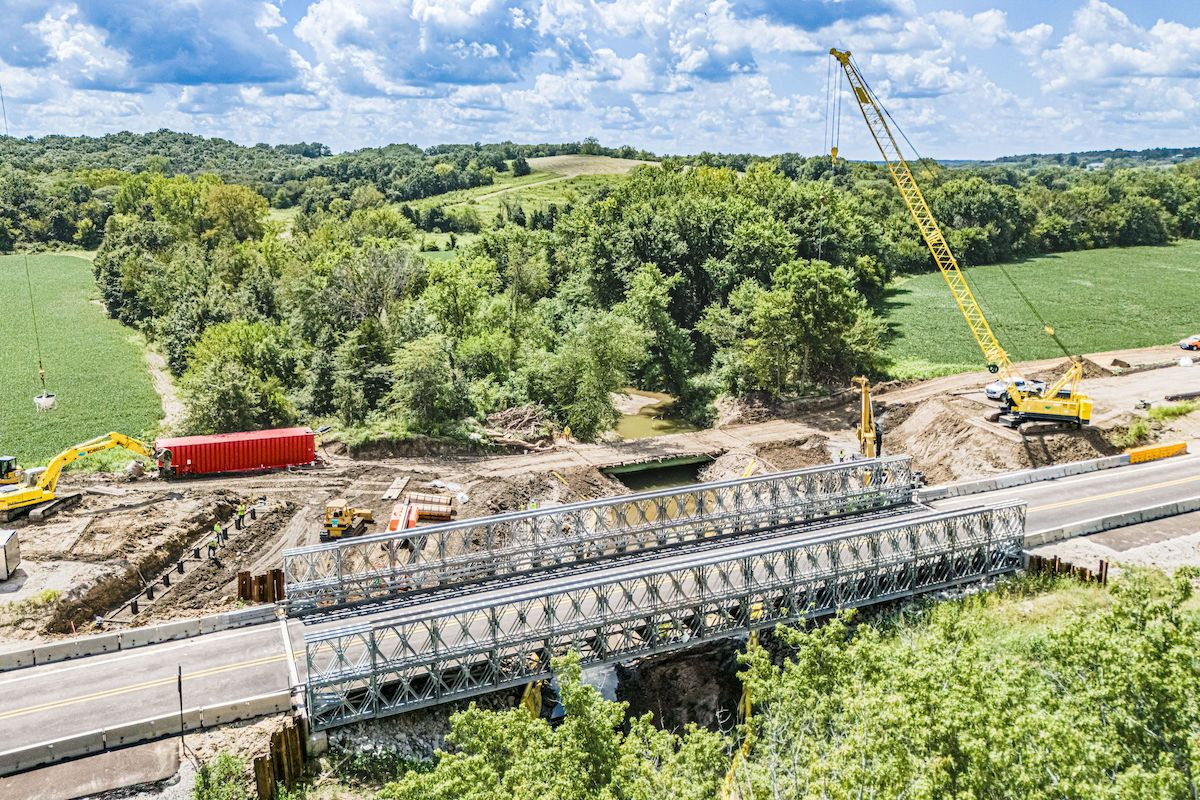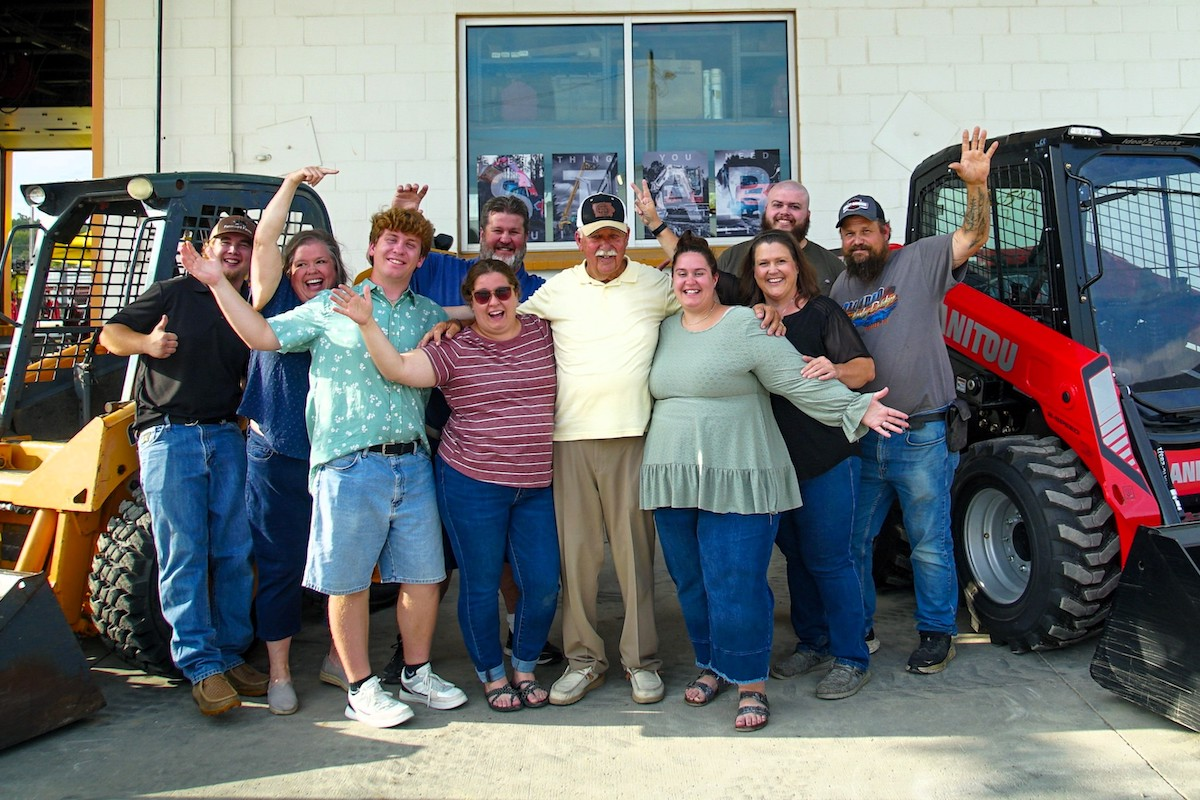“The nation added 289,000 jobs in January 2020, and in February 2020, unemployment was sitting at 3.5 percent. The principal challenge for enterprises around the country was trying to find workers to support growth,” says Anirban Basu, Chief Economist of the Associated Builders and Contractors (ABC) and CEO of the Sage Policy Group. Then, on March 13, 2020, former President Donald Trump declared COVID-19 a national emergency. “We shut down the economy during roughly the last three weeks of March 2020,” Basu continues. “We lost 1.7 million jobs that month and 20.7 million jobs the next. Unemployment went from 3.5 percent to 14.8 percent. The labor market shrunk, and things looked pretty gloomy.”
A severe recession caused by supply shock also ensued, but by May 2020, economic recovery began in earnest. Passage of the $2.3 trillion Coronavirus Aid, Relief, and Economic Security (CARES) Act, in conjunction with the country reopening, helped to stimulate growth.
“We’ve been growing ever since,” Basu says. “But of course, what we’ve seen more recently has been somewhat disappointing growth. For the third quarter of 2021, U.S. economic growth slowed pretty dramatically, and moreover, inflationary pressures have really accelerated with consumer prices up 6.2 percent between October 2020 and October 2021.” Sluggish supply chains, a diminished American workforce, increased goods consumption, and record numbers of baby boomers entering retirement have all contributed to this 30-year high for inflation.
The latest data from the U.S. Bureau of Labor Statistics shows construction employment grew by 31,000 in November. Nonresidential sectors netted the majority of new positions: heavy and civil engineering (8,100), specialty trades (6,800), and nonresidential building (5,900). November’s gains brought the national total to 7.5 million construction jobs – the highest seasonally adjusted figure since March 2020, according to the Associated General Contractors of America (AGC). However, in a news release published last month, ABC reported that U.S. construction has only recovered 998,000 (89.7 percent) of the jobs lost during earlier pandemic stages.

| Your local Gehl Co dealer |
|---|
| Star Equipment LTD |
AGC representatives speculate the industrywide shortage of qualified talent is impeding further employment gains. “It is heartening to see steady job growth across all construction segments following a long period during which only residential contractors were adding employees,” says AGC Chief Economist Ken Simonson. “But record job openings show the industry needs still more workers as more types of nonresidential projects get started.” He notes that construction job openings reached 333,000 in September 2021, the latest month of data at the time of reporting.
Basu adds, “For the most part, contractors indicate that they remain busy with sufficiently healthy backlogs. Accordingly, hiring remains brisk. The expectation is that, during the months to come, a growing number of public construction projects, whether involving roads and bridges, schools, rail, or other segments, will begin. In short, nonresidential construction employment growth is poised for ongoing expansion in 2022.”
The pervasive unknowns of the pandemic have made economic forecasting difficult. For instance, could emerging COVID-19 variants stifle future construction growth? Basu warns this is a real possibility but says there are also scenarios where there will be no discernable impact. “Only time will tell,” he concludes. “What is known is that contractors will continue to struggle to hire, which strongly signals ongoing construction wage pressures throughout the year to come.”
“After being battered by unprecedented price increases for many materials, contractors are finally passing along more of their costs,” Simonson explains. “Meanwhile, supply chain bottlenecks and labor shortages continue to impede contractors’ abilities to finish projects.” Escalating construction costs may also induce owners to delay or even cancel projects.
AGC officials have urged the Biden administration and Congress to be more proactive in addressing supply chain hurdles. Proposed ideas include additional tariff relief for construction materials and waiving hours-of-service rules so shippers can tackle freight backlogs. “Supply chain backlogs are clearly one of the biggest threats to the economic recovery,” asserts AGC CEO Stephen Sandherr. “Washington officials need to be more aggressive in taking steps to get key materials moving again so construction firms can continue rebuilding the country.”

| Your local Trimble Construction Division dealer |
|---|
| SITECH Central LLC |
“It’s getting better out there,” Basu confirms. “While the outlook for construction remains imperfect, extraordinarily low interest rates have created enough appetite for deal-making to push backlog higher and persuade the average contractor that sales, employment, and profit margins will climb over the next six months.” He adds, “The infrastructure package passed last November is another reason for optimism, particularly for contractors who work in segments like roads and bridges, water and sewer, and mass transit. It is likely that industry circumstances will improve further in 2022, especially if supply chain disruptions and input shortages become less severe, which many economists anticipate by the second half of this year.”
During the 2022 Dodge Construction Outlook presentation held on November 3, 2021, Dodge Data & Analytics Chief Economist Richard Branch said he anticipated a “bright and busy future.” He foresees the national economy settling into a modest, sustainable growth pattern and predicts construction starts will reach $946 billion this year (a 6 percent increase). While residential starts have remained relatively strong throughout the pandemic, commercial-sector starts plunged 20 percent in 2020, but were projected to grow 15 percent in 2021 and 12 percent in 2022.
Globally, construction is expected to flourish in the coming years and become a $15.2 trillion industry by 2030 – a 42 percent increase compared to $10.7 trillion in 2020, according to Oxford Economics researchers. Furthermore, they postulate this booming market is going to be a major worldwide driver of post-pandemic economic recovery. Infrastructure, in particular, is anticipated to be the fastest-growing nonresidential construction sector overall.
U.S. Department of Transportation Secretary Pete Buttigieg affirms, “The once-in-a-generation investments in the bipartisan infrastructure law will improve people’s lives in every state in the nation by increasing access to safe, clean, reliable transportation.” U.S. Secretary of Energy Jennifer Granholm adds, “So many before tried and failed to accomplish such significant investments in our families, in our communities, and in our future. The bipartisan infrastructure deal will create a generation of good-paying union jobs, build better roads and bridges, ports and airports, broadband for all, and electricity transmission to combat the climate crisis. Every state will benefit; every American can be proud.”
Granholm’s assertion aligns with predictions in a September 2021 IHS Markit study commissioned by the American Road & Transportation Builders Association. The report details various economic benefits resulting from the IIJA – including the fact that more than 15 percent of new jobs will be created in the manufacturing, health care, social assistance, real estate, and rental/leasing sectors.

| Your local Iowa Mold Tooling Co Inc dealer |
|---|
| Star Equipment LTD |
One noteworthy element of the IIJA is $550 billion in new spending for a range of programs, including roads, bridges, and major projects ($110 billion), passenger and freight rail ($66 billion), public transit ($39 billion), airports ($25 billion), and ports and waterways ($17 billion). Federal funding is also earmarked for power infrastructure ($73 billion), high-speed internet ($65 billion), water and wastewater infrastructure ($55 billion), climate change and cybersecurity measures ($50 billion), and other needs.
Even roadway engineering is evolving to meet EV charging needs. In Indiana, state transportation officials are currently working with Purdue University to develop the world’s first wireless-charging paved highway. The project employs magnetizable concrete to recharge EVs as they travel. “The field of transportation is in the midst of a transformation not experienced since the invention of the automobile,” says Nadia Gkritza, a professor and Purdue Campus Director for ASPIRE, an engineering research center spearheading this project. “Through this research, we envision opportunities to reduce emissions and near-road exposures to pollutants, coupled with other transportation innovations in shared mobility and automation that will shape data-driven policies encouraging advances.”
Texas can also apply for additional IIJA funding opportunities. Examples include a $12.5 billion bridge investment program for economically significant bridges and $2.5 billion in EV charging grants.
Of course, the Texas Department of Transportation (TxDOT) has already identified a slew of high-priority projects for the coming years. In the 2022 Unified Transportation Program (UTP), the state transportation agency allocated $74.4 billion to more than 6,800 planned transportation projects in various stages of development over the next decade. (This is roughly the same budget as the 2021 UTP, but considerably fewer projects compared to the previous 8,000 identified.)
The UTP, which is updated annually by TxDOT’s Transportation Planning and Programming Division, bases project selections on state transportation goals, performance measures, and long-range planning targets. Of the 12 funding categories listed in the 10-year planning document, the largest investment – almost $15.6 billion – is earmarked for “strategic priority” initiatives. These projects aim to improve transportation congestion and connectivity, economic opportunity, energy sector access, border/port connectivity, and other areas. Common project types include roadway widening (both freeway and non-freeway), interchange improvements, and new-location roadways.

| Your local Komatsu America Corp dealer |
|---|
| Road Machinery and Supplies Company |
Currently, 5,400 projects across all funding categories are slated to begin construction within the next four years. One top regional priority is Abilene’s $23 million FM 89 (Buffalo Gap Road) project. It will address congestion issues along FM 89 – the main arterial highway connecting Abilene to Wylie – by widening 1.2 miles of roadway between Winters Freeway and Rebecca Lane, along with other improvements to enhance safety for pedestrians and motorists. Construction is slated to begin this month and last about two years.
The I-35 Capital Express program, part of TxDOT’s larger Mobility35 Program, is touted as one of the most critical mobility projects in Central Texas. It spans 28 miles of I-35 and is divided into three standalone projects: North (SH 45 North to U.S. 90 East), Central (U.S. 290 East to SH 71/Ben White Boulevard), and South (SH 71/Ben White Boulevard to SH 45 Southeast). In addition to new managed-lane capacity, these programs include various operational and safety enhancements; improvements to frontage roads and bicycle/pedestrian paths; and transit route accommodations. The North and South projects are set to begin this year, followed by the Central project in 2025. Total construction costs are estimated at $5.6 billion.
TxDOT’s Dallas District is spearheading several of the agency’s largest, most expensive projects. A prime example is I-35 Denton County Connections (DCC), a $1.5 billion Texas Clear Lanes initiative. The collection of 11 intersection and road improvements spans 34 miles along I-35 East and I-35 in Dallas and Cooke counties. The six-year project is expected to be let for construction in phases beginning in mid-2022.
For further insights about projects or programming updates in the 2022 UTP, visit txdot.gov/inside-txdot/division/transportation-planning/utp.html.
Project Location: I-20 (from Forest Hill Drive to Park Springs Boulevard), I-820 (from I-20 to Brentwood Stair Road), and U.S. 287 (from Bishop Street to Sublett Road) in Tarrant County
Estimated Cost: $1.6 billion
Project Delivery Method: Design-Build
Projected Let Date: February 2022
Project Description: The proposed Southeast Connector project spans approximately 16 miles and involves adding main travel lanes and frontage roads to areas of I-20, I-820, and U.S. 287 as well as bicycle and pedestrian accommodations. Crews will also reconstruct three major interchanges (I-820/U.S. 287, I-20/I-820, and I-20/U.S. 287). TxDOT is working with the cities of Arlington, Forest Hill, Fort Worth, Kennedale, and Mansfield to improve overall mobility, operational efficiency, accessibility, safety, and emergency response within the area.
#2
Project Location: I-35 (from U.S. 290W/SH 71 to SH 45SE) in Travis County
Estimated Cost: $397.4 million
Project Delivery Method: Design-Bid-Build
Projected Let Date: February 2022
Project Description: The Capital Express South Project in Austin will increase capacity I-35 by adding two non-tolled managed lanes in each direction. The project will also improve bicycle and pedestrian accommodations along frontage roads and at east/west crossings.

| Your local Link Belt dealer |
|---|
| Kirby-Smith Machinery |
#3
Project Location: I-35 (from SH 45N to U.S. 290E) in Travis County
Estimated Cost: $376.9 million
Project Delivery Method: Design-Bid-Build
Projected Let Date: April 2022
Project Description: The Capital Express North Project in Austin will add one non-tolled managed lane in each direction of I-35 to expand capacity, reconstruct
intersections and bridges to increase bridge clearances and east/west mobility, and improve bicycle and pedestrian accommodations along frontage roads and at east/west crossings. Crews will also add a diverging diamond intersection at Wells Branch Parkway.
#4
Project Location: I-30 (from SH 205 to west of FM 2642) in Rockwall County
Estimated Cost: $300.2 million
Project Delivery Method: Design-Bid-Build
Projected Let Date: November 2022
Project Description: This project in Rockwall will add capacity along I-30 by widening the corridor to six main lanes (three in each direction). Crews will also widen/reconstruct continuous frontage roads, add/reconstruct interchanges, make ramp modifications, and improve pedestrian areas.
#5
Project Location: I-10 at Loop 1604 North in Bexar County
Estimated Cost: $285.4 million
Project Delivery Method: Design-Bid-Build
Projected Let Date: March 2022
Project Description: The Loop 1604 Expansion Project involves several transportation improvements along 23 miles of Loop 1604, from SH 16 (Bandera Road) to I-35 in San Antonio. The primary goals are to improve mobility, reduce congestion, and enhance safety along the high-traffic corridor. This particular segment consists of constructing direct connectors at the Loop 1604/I-10 interchange.
#6
Project Location: I-30 (from SH 205 to east of Horizon Drive) in Rockwall County
Estimated Cost: $270.7 million
Project Delivery Method: Design-Bid-Build
Projected Let Date: October 2022
Project Description: This project in Rockwall is widening I-30 by adding shoulders between SH 205 and east of Horizon Drive. Crews will also construct/reconstruct continuous six-lane frontage roads (three in each direction).
#7
Project Location: I-10 (from CR 131 to U.S. 90) in Jefferson County
Estimated Cost: $250 million
Project Delivery Method: Design-Bid-Build
Projected Let Date: March 2022
Project Description: This half-mile project in Beaumont will add lanes between CR 131 and U.S. 90 (Hollywood Overpass). It is part of a larger effort to reconstruct and widen I-10, from Walden Road (CR 131) to 7th Street and U.S. 69 from Fannett Road (SH 124) to 11th Street. The overarching goals are to enhance mobility, reduce congestion, and improve emergency evacuation efforts.

| Your local Leica Geosystems Inc dealer |
|---|
| Laser Specialist inc |
#8
Project Location: U.S. 59 at U.S. 287 in Polk County
Estimated Cost: $163.1 million
Project Delivery Method: Design-Bid-Build
Projected Let Date: May 2022
Project Description: TxDOT is constructing a four-lane controlled-access freeway (U.S. 59 Corrigan Relief Route, or future I-69) in the Corrigan area. The 6.4-mile facility will be located west of U.S. 59, stretching from 3 miles south of U.S. 287 to 3.4 miles north of U.S. 287.
#9
Project Location: U.S. 59 (International Boulevard to 0.4 miles south of University Boulevard) in Webb County
Estimated Cost: $157.5 million
Project Delivery Method: Design-Bid-Build
Projected Let Date: September 2022
Project Description: This project represents Phase 1 upgrades to a portion of the U.S. 59 Loop in Laredo (dually designated as Loop 20 and locally known as Bob Bullock Loop) and will establish an urban expressway that meets interstate standards. The project limits extend approximately 7.2 miles, from the International Boulevard intersection to the U.S. 59/Loop 20 interchange. Initial work includes U.S. 59 interchange improvements (at Del Mar Boulevard, Shiloh Drive, and University Boulevard) and roadway reconstruction.
#10
Project Location: U.S. 77 (from CR 2130 to 1.5 miles north of SH 285) in Kleberg County
Estimated Cost: $118 million
Project Delivery Method: Design-Bid-Build
Projected Let Date: March 2022
Project Description: Part of a larger 122-mile project to upgrade U.S. 77 (between Corpus Christi and Harlingen) and enhance safety and mobility. On this 8.6-mile job, located between Kingsville and Driscoll, crews will construct main lanes, frontage roads, and related structures to support the future I-69 corridor.



















